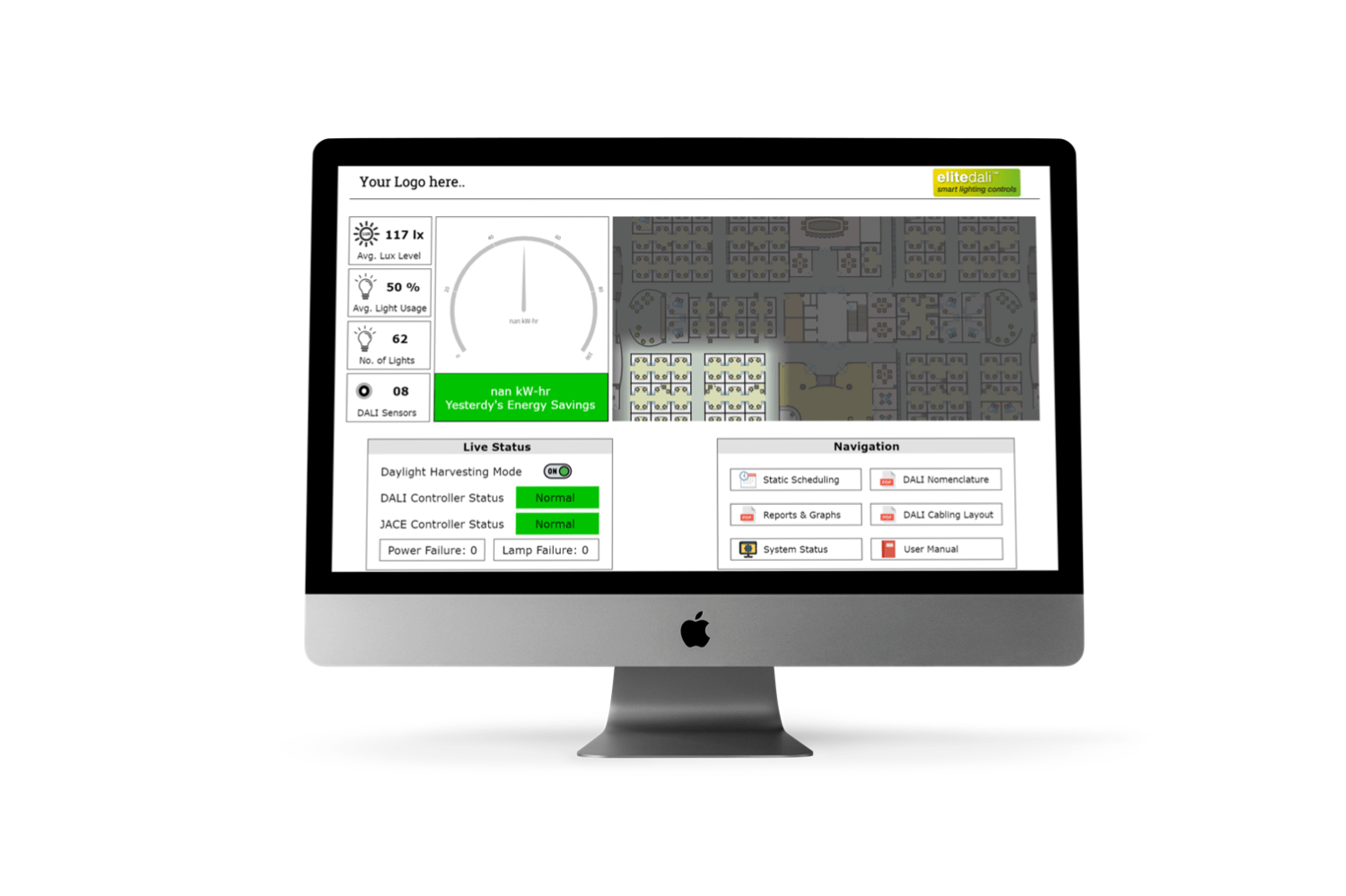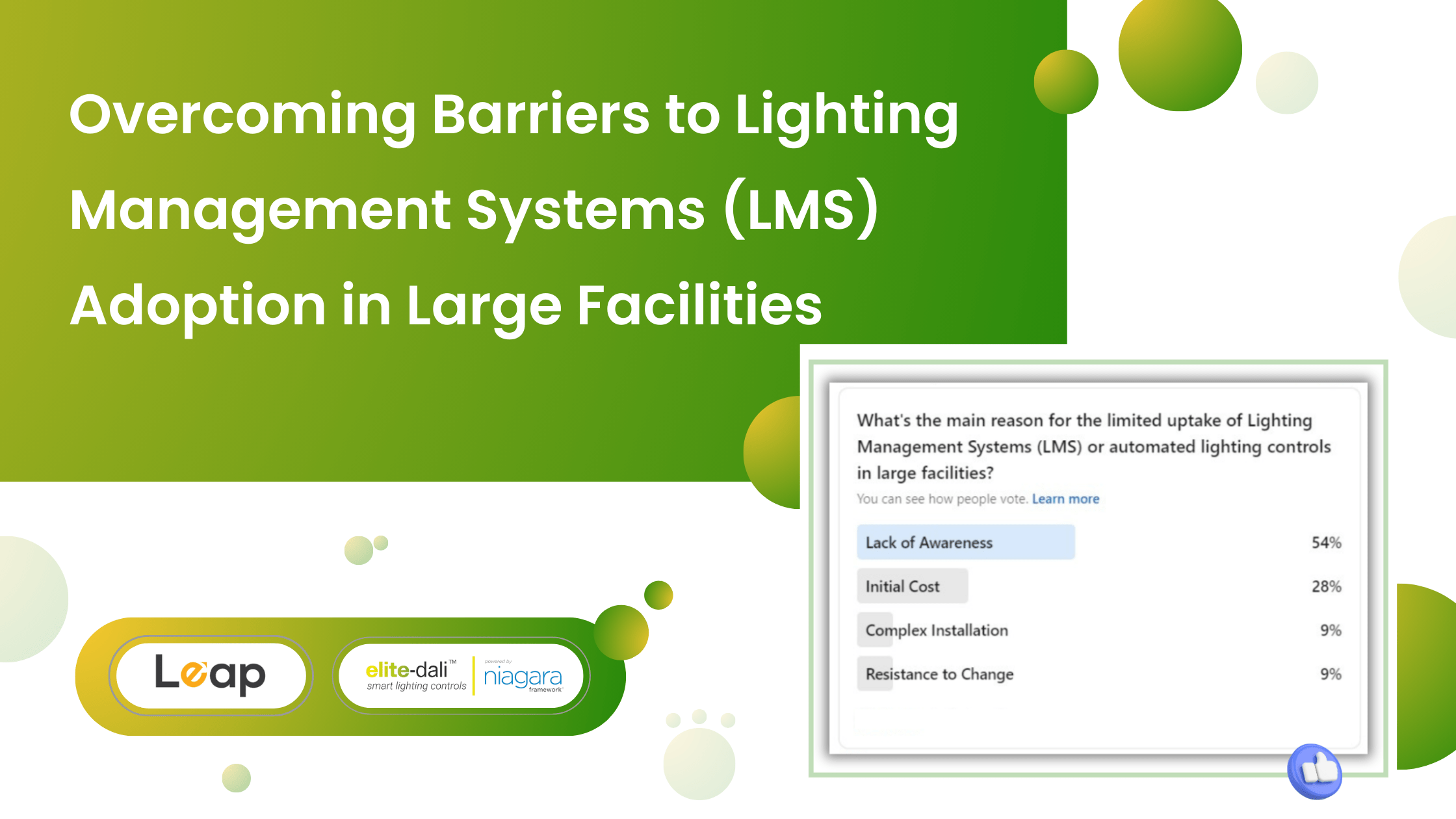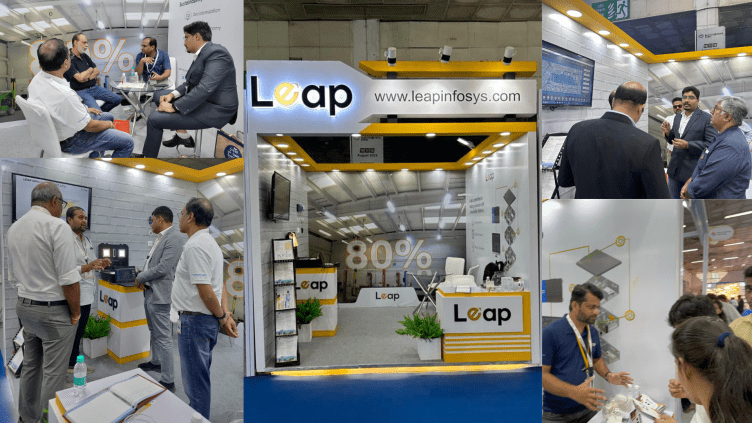Lighting Control Techniques: Inside A Lighting Control Panel
With the reserves of important global resources dwindling frequently, a lot of attention is being given to energy efficiency lately. Electrical engineering today is more focused on energy efficiency than convenience. Commercial buildings are great consumers of electrical energy, and therefore, directly put immense stress on our natural resources too.
Backed by evidence from hundreds of research papers from all over the globe, the utilization of lighting control schemes in big commercial buildings is one of the best ways to implement energy-efficient lighting models. Lighting Management systems are working very well to help us achieve lighting control in the best possible way. In this article, let us take a look at the lighting control panel present in lighting management systems, and the control features that it offers.
Table of Contents
What Is a Lighting Control Panel?
Lighting control panel is a small electrical cabinet comprising controller that aid in intelligent lighting controls features. These are very commonly used to control public area lighting, street lighting, supermarket lights, and even lighting equipment in residential buildings. These control systems help users obtain the right amount of light whenever and wherever required. Some lighting control systems will only allow localized control over lighting equipment, while others grant enterprise-level control.
There are several common mechanisms by which lighting control systems operate. These depend on the sensors and other components used in its design.
Common Mechanisms of Lighting Control
● Occupancy Sensing Lighting Control
Among all lighting control strategies, occupancy sensing has been there for the longest time. Here, special occupancy sensors are attached to every light, which utilizes motion-sensing capabilities to trigger the switching on or off of the lights in a given space. Whenever there is a delay period in which the sensors do not sense any movement, lights go off automatically to save electricity. In the more primitive models of occupancy systems, only a single large sensor was installed for every room. However, problems like false sensing and reverse sensing (the lights used to turn off whenever a person entered the room) were encountered. To avoid such situations, the contemporary model focuses on having individual occupancy sensors for each lighting fixture.
● Types of Occupancy Sensing
These occupancy-based controlling schemes can be of two types. The first is the motion-based switching control scheme. Whatever conventional explanation we have provided so far about occupancy sensing models is nothing but motion-based switching only. As stated before, here the delay period decides when the lights go off in a room. Naturally, smaller is the delay period, more are your savings on electricity bills.
The problem with these traditional occupancy sensing systems is that if you set a very small delay period for a room with an irregular frequency of visitors, it will eventually be very irritating for everybody. Similarly, if you prolong the turning off period extensively, you defeat the purpose of using sensors for energy efficiency. Hence, whatever be the case, buyers should first figure out the user behavior for every room and then select the occupancy sensing parameters.
Motion-based dimming is the second occupancy sensing control scheme. Here, everything remains the same, but after the delay period, lights automatically get dim to a preset intensity value. This is a better alternative in commercial spaces where visitors do not like returning to a pitch-dark room regularly.
● Daylight-linked Lighting Control
In buildings and rooms with an ample amount of sunlight, lighting control schemes can be linked to the intensity and the duration of daylight availability. When adequate daylight penetration is available, people can either make use of daylight only or can use it to complement the illumination provided by their lamps. This way, the burden on the lighting equipment reduces, and consequently, the energy consumption also drops.
These daylight-linked lighting controls are also useful for common space light fixtures and any outdoor light. In sports facilities and parking lots, this control mechanism provides the best energy efficiency. For indoor commercial requirements, particularly for office spaces, if ample daylight is available, these control systems should definitely be put in place. This is because daylight in itself is considered a major driving force for visual comfort as well as productivity. Therefore, it will enable office workers to work with maximum focus, while not putting a major strain on themselves.
Over To You
Lighting control panel provides a modern, dynamic, and all-encompassing method for significant energy saving in lighting systems. A decline in the energy demands and the convenience of adjusting lights remotely is accessible through lighting control systems. elitedali is the leading enabler of lighting control and automation in the commercial sphere today! elitedali supports multi-sensors input devices with its Lighting Management System, thereby accommodating all kinds of usage requirements together. The in-built WebServer for managing lighting control interfaces makes it easy for us to monitor and provide assistance to customers comprehensively.
We offer a native solution for the Niagara Framework, the most popular building management system in the world. Thus, you don’t need any additional software to avail benefits of lighting control integration in your existing BMS. Lastly, by staying in touch with all major DALI manufacturers across the globe, we deliver the most advanced lighting control products to the Niagara community. Connected Lighting Controls, Daylight Harvesting, and Human Centric Lighting are the three areas of our prime expertise. To avail of our services and transform your commercial space, contact elitedali today.








